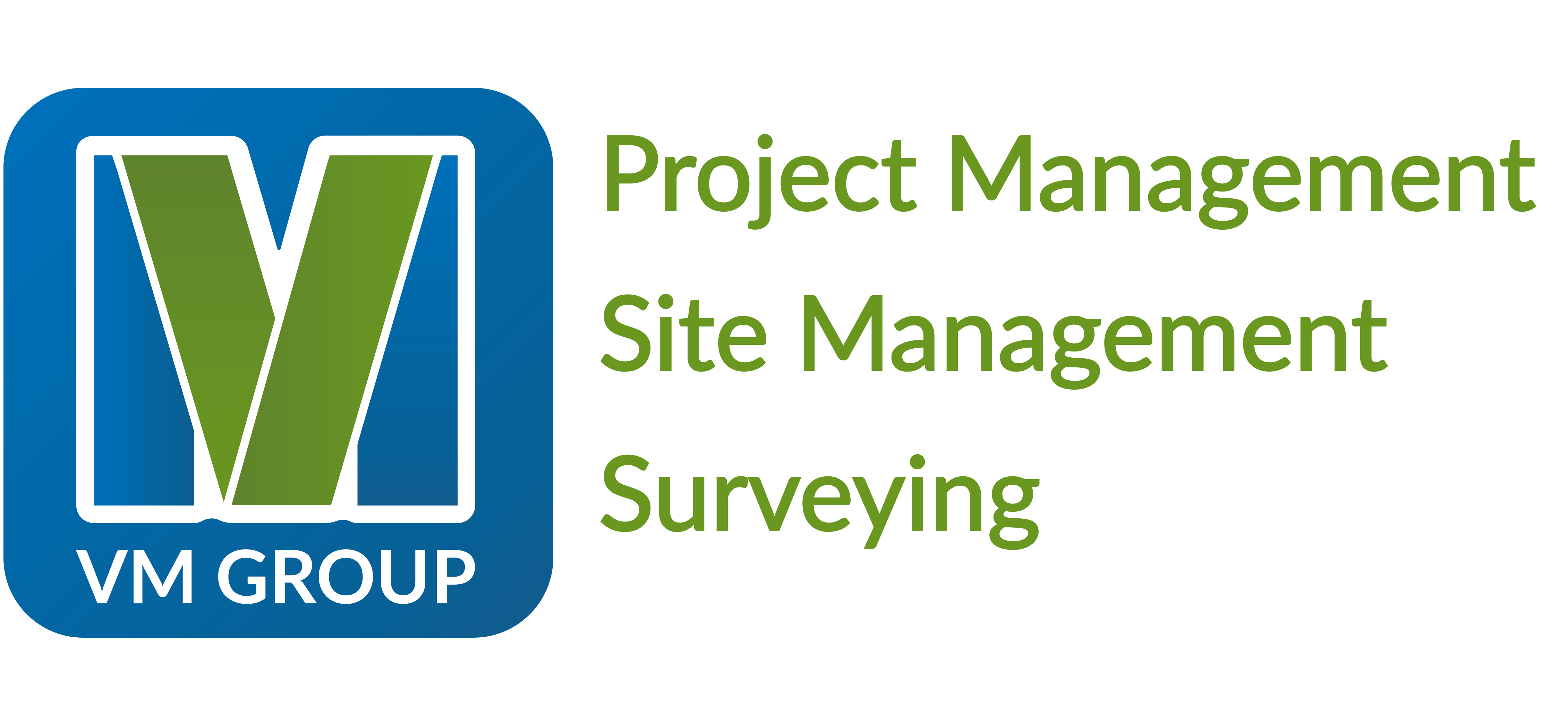
News
Utilising Large Language Models

We are trialling the use of LLMs for repetitive tasks such as drafting reports and procedures. We apply the term “use” because we see LLMs as a tool to improve the time efficiency of tasks which present low risk for errors rather than a means to replace human oversight. Our plan is to have them do mundane work in the background while the humans can be getting on with the detailed and complex work tasks.
With that in mind we decided to see what would happen if we asked an LLM to produce a blog for us.
Usually we have two people check and approve documents produced using LLMs, but in this case we have chosen not to vet what Copilot has produced to show you the pitfalls of completely relying on an LLM to do work. It’s good, but there are still limitations, something which Microsoft reiterate by stating “AI-generated content may be incorrect” under the Copilot prompt box. Bear in mind we haven’t asked it to give technical answers nor have we asked it to solve problems, so this is where an LLM works best.
Everything below has been produced by Copilot, as have the images used in this post – all images use the prompt “draw an image of yourself”.
Leveraging Large Language Models for Technical Reports and Operating Procedures
Exploring the Benefits and Boundaries of AI-Generated Documentation
Introduction
In recent years, Large Language Models (LLMs) like GPT-4 have become increasingly popular tools for generating written content across industries. Among their many applications, one of the most promising is the creation of technical reports and operating procedures. These documents are essential for ensuring consistency, safety, and efficiency in professional environments—from engineering and manufacturing to healthcare and IT.
But while LLMs offer significant advantages, they also come with limitations that must be carefully considered. This article explores both sides of the equation, helping organisations make informed decisions about integrating AI into their documentation workflows.
Advantages of Using LLMs
1. Speed and Efficiency
One of the most compelling benefits of LLMs is their ability to produce content rapidly. What might take a human writer hours or even days can often be generated in minutes. This is particularly useful for organisations that need to produce large volumes of documentation or update procedures frequently.
LLMs can also automate repetitive tasks, such as formatting, summarising, and translating technical jargon into plain language, freeing up human experts to focus on higher-level work.
2. Consistency and Standardisation
LLMs excel at maintaining consistent tone, structure, and terminology across documents. This is especially valuable in regulated industries where uniformity is critical. By training models on existing documentation, organisations can ensure that new reports align with established standards and practices.
Moreover, LLMs can help reduce human error by following predefined templates and rules, which is crucial for safety-critical procedures.
3. Accessibility and Language Support
With multilingual capabilities, LLMs can translate technical documents into various languages with reasonable accuracy. This enhances accessibility for global teams and clients, reducing the need for specialised translation services.
Additionally, LLMs can simplify complex information, making technical content more digestible for non-experts or new employees.
4. Scalability
As organisations grow, so does the need for documentation. LLMs can scale effortlessly, generating content for new products, services, or operational changes without requiring proportional increases in staffing. This makes them a cost-effective solution for expanding businesses.
Limitations and Considerations
1. Accuracy and Reliability
Despite their impressive capabilities, LLMs are not infallible. They can produce plausible-sounding but incorrect or misleading information, especially when dealing with highly specialised or nuanced topics. This poses a risk in technical documentation, where precision is paramount.
Human oversight remains essential to verify facts, calculations, and compliance with industry standards. LLMs should be viewed as assistants, not replacements, for subject matter experts.
2. Contextual Understanding
LLMs operate based on patterns in data, not true comprehension. As a result, they may struggle with context-specific requirements, such as understanding the operational environment or the implications of certain procedures.
For example, an AI might generate a generic safety protocol that overlooks site-specific hazards or regulatory nuances. Customisation and review by knowledgeable personnel are necessary to ensure relevance and applicability.
3. Data Privacy and Security
Using LLMs to generate documentation may involve inputting sensitive or proprietary information. Depending on the platform and deployment method, this could raise concerns about data privacy and intellectual property.
Organisations must ensure that their use of LLMs complies with data protection regulations and internal security policies. On-premise or private cloud deployments may offer safer alternatives to public APIs.
4. Ethical and Legal Implications
There are emerging legal and ethical questions surrounding AI-generated content. Who is responsible if an error in an AI-written procedure leads to harm or financial loss? Can AI-generated documentation be used as evidence in audits or legal proceedings?
These issues are still evolving, and organisations should consult legal counsel when integrating LLMs into critical documentation processes.
Best Practices for Implementation
To maximise the benefits of LLMs while mitigating risks, consider the following best practices:
- Human-in-the-loop review: Always have experts validate AI-generated content before publication or use.
- Training on domain-specific data: Fine-tune models with your organisation’s documentation to improve relevance and accuracy.
- Use templates and structured prompts: Guide the model with clear instructions to ensure consistency and completeness.
- Monitor and update: Regularly review outputs and update training data to reflect changes in standards, regulations, or operations.
- Secure deployment: Choose platforms that align with your data security requirements.
Conclusion
Large Language Models offer a powerful tool for generating technical reports and operating procedures, bringing speed, consistency, and scalability to documentation workflows. However, their limitations—particularly around accuracy, context, and security—mean they must be used thoughtfully and in conjunction with human expertise.
By understanding both the strengths and weaknesses of LLMs, organisations can harness their potential while maintaining the integrity and reliability of their technical documentation. As AI continues to evolve, so too will its role in shaping the future of professional communication.

